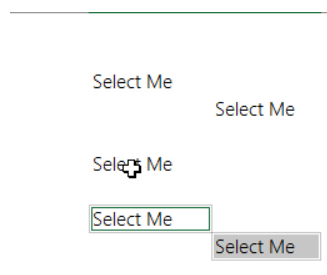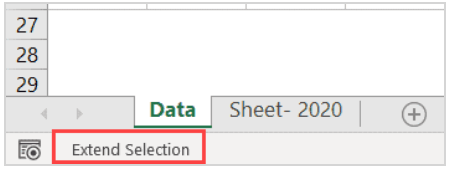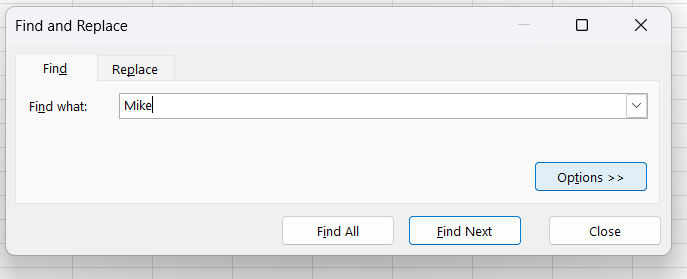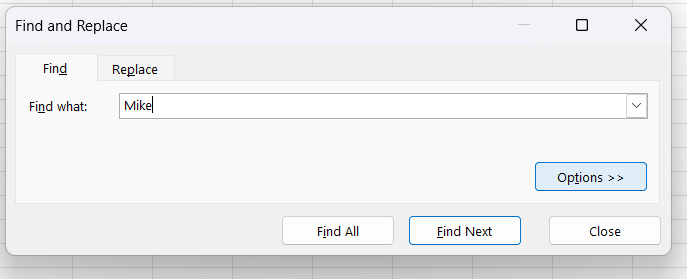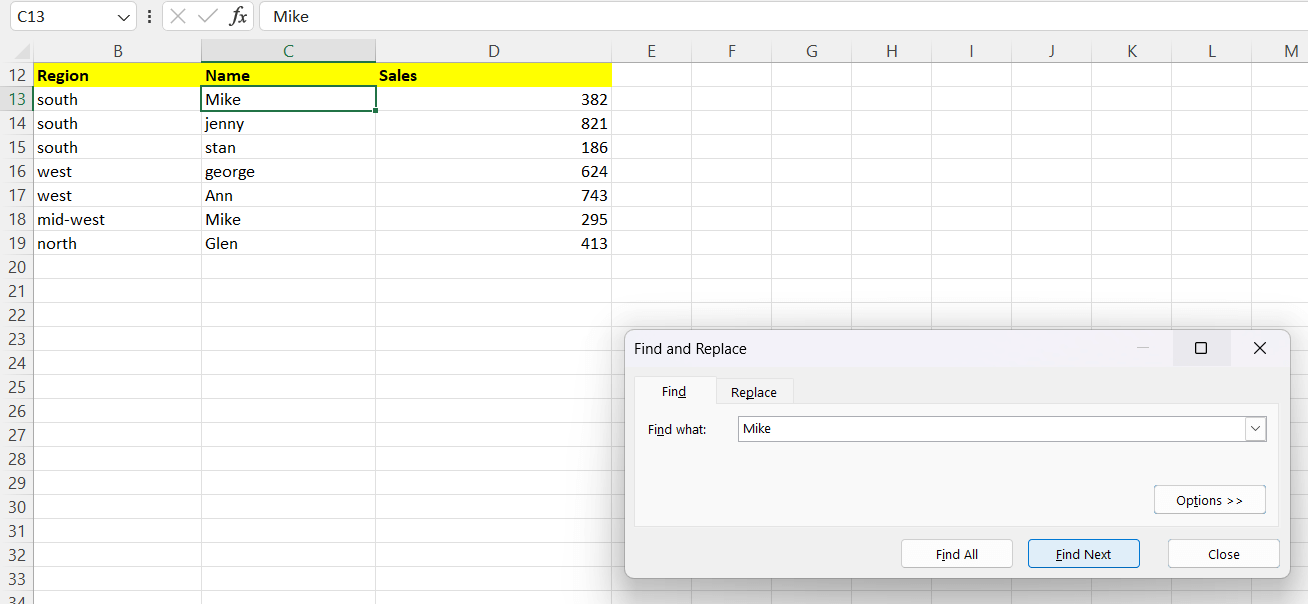HOW TO SELECT NON-CONTIGUOUS IN EXCELINTRODUCTION:Ordinarily when you want to choose numerous cells which are not proceeding with you press and hold the control key and afterward select every cell with the mouse. Isn't that so? That is the straightforward technique. In any case we never caught wind of choosing non-touching cells without utilizing a mouse. There's likewise a way which you can use to choose non-proceeds with cells [non-adjacent] without utilizing the control key. To choose non-bordering cells in Excel, hold down the "Ctrl" key on your console while tapping on every phone you need to choose. You can choose various cells across various lines and segments at the same time utilizing this strategy, considering non-bordering determination. This Instructional exercise Covers:
Without Utilizing Ctrl Key:Follow these basic moves toward make it happen.
Select Non-Contiguous Cells Utilizing the MouseThe least demanding method for choosing non-contiguous reaches is by utilizing the mouse (alongside the console). The following is the way to choose two non-contiguous scopes of cells:
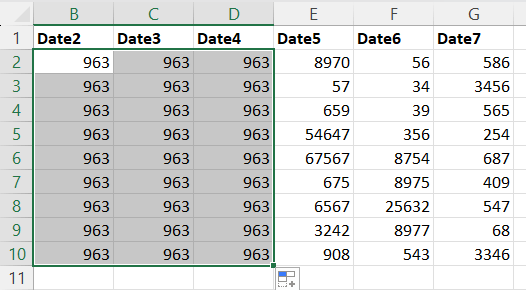
On the off chance that you need to choose multiple scopes of non-adjoining cells, keep the control key squeezed, and continue to make the determinations. Select Non-Nearby Cells Utilizing the ConsoleWhile the most ideal way is to utilize the above strategy (utilizing a mix of console and mouse), if you need to just utilize the console to choose non-neighbouring cells, you can do that too. The following are the moves toward select non-nearby cells utilizing the console:
The above advances would choose two non-contiguous cells or reaches. If you have any desire to choose all the more such ranges, continue to rehash a similar interaction. The following is a demo od how this would function: 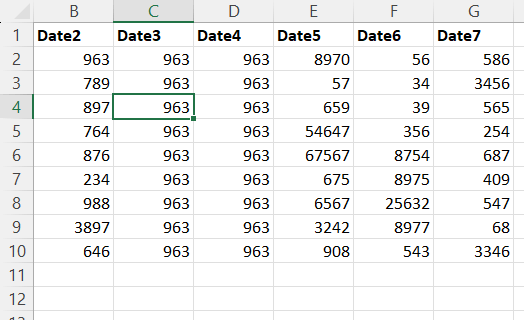
Select Non-Neighbouring Cells/Reaches Utilizing the Name BoxNow and again, you really want to choose explicit cells that are dissipated and far away. In such a case, you can likewise utilize the Name Box in Succeed to choose non-nearby cells. Name Box is right close to the recipe bar (on the left of it) and is consistently apparent with the equation bar. So, if you understand what cells you need to choose, it will be quicker to enter the cell reference in the name box and raise a ruckus around town key. For instance, assume you need to choose the accompanying cells - A1, C12, D20, K14 The following is the way to choose these non-neighbouring cells utilizing the Name Box:
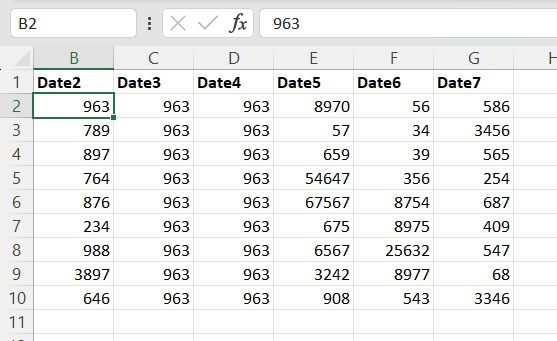
This would in a flash choose every one of the predefined cells. Note: With Name Box, the last indicated cell turns into the dynamic cell.You can likewise utilize the name box to choose non-adjoining ranges. For instance, assume you need to choose the accompanying three territories - A1:A20,C1:C20,F1:F20, you can involve this in the Name Box. One region where utilizing Name Box to make choice works extraordinary is the point at which you have named ranges. For instance, assume you have ranges with the name Data1, Data2, and Data3. Rather than recollecting the reaches, just make a named range and enter this named range in the Name Box. Select Non-adjacent Cells (with a particular worth) Utilizing Find and SupplantSome of the time, you might need to choose cells in view of the worth in it. For instance, assuming you have the business information of various Agents, you might need to choose every one of the cells that have the name 'Mike'. 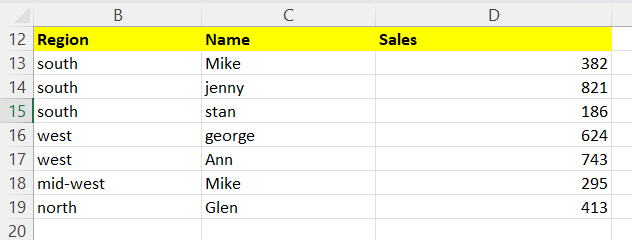
While you can do this physically, with a huge dataset, it's ideal to utilize Find and Supplant to do this. The following are the moves toward use Find and Supplant to choose non-neighbouring cells:
TIP: Assuming you are rolling out any improvements in the cell worth of the chose non-bordering cells and you believe that change should show up in every one of the phones, enter the worth in the dynamic cell and afterward press Control + Enter.For instance, if you need to change the name from Mike to Michael, first utilize the above moves toward select every one of the cells with the name Mike. Once chose, type the name Michael (which will enter the name in the dynamic cell just), and afterward hold the Control key and press the Enter key. Conclusion:Non-contiguous information in Succeed alludes to information that isn't truly neigh boring one another, meaning it isn't situated in a persistent scope of cells. Working with non-coterminous information can be testing yet in addition offers extraordinary open doors for examination and control. Here are a few central issues to consider while managing non-bordering information in Succeed:
Next TopicHow to Shift Rows up in Excel
|
 For Videos Join Our Youtube Channel: Join Now
For Videos Join Our Youtube Channel: Join Now
Feedback
- Send your Feedback to [email protected]
Help Others, Please Share





